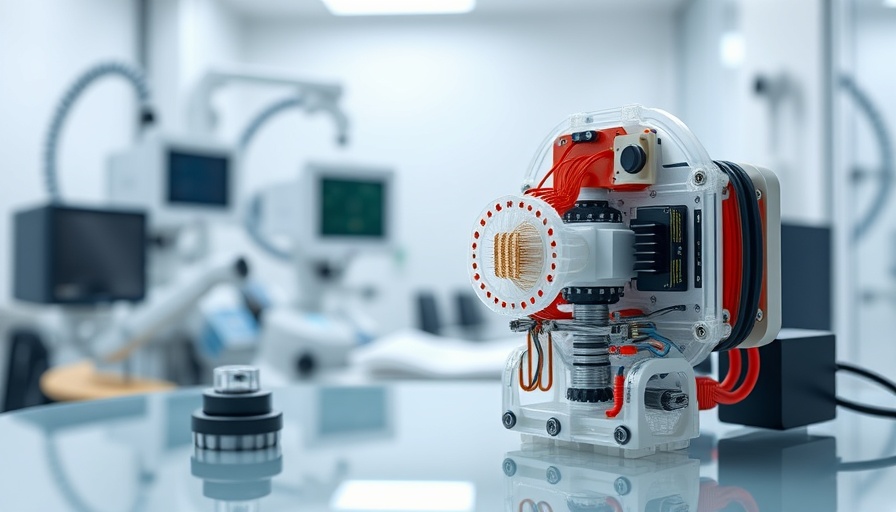
University Innovation Meets Surgical Training
At the University of Akron (UA), a team of talented students is at the forefront of revolutionizing surgical training. They are developing a groundbreaking 3D-printed cochlear implant simulation tool that aims to significantly improve how ear, nose, and throat (ENT) surgeons are trained. This initiative combines engineering expertise with medical education to create a safer environment for both trainees and patients.
Bridging Engineering and Medicine
The origins of this innovative project go back to 2023, when biomedical engineering students started crafting a simulation that offers a realistic and repeatable practice environment. Their goal was to address the inherent challenges and risks involved in cochlear implant procedures, which traditionally depend on surgeons' tactile experience and can lead to complications, such as facial nerve damage, if not performed correctly.
Enhanced Realism through Technology
This cutting-edge simulation model is not just a simple replica. It features an accurate representation of the inner ear, thanks to advanced technologies like ADA resin and real patient CT scans. Embedded cameras and sensors provide immediate visual feedback, helping surgeons to learn and refine their techniques with empirical data. According to Nathan Smith, a student researcher on the project, the model’s transparency allows users to understand the intricate workings of the procedure in real-time.
Impact on Future Surgeons
The team has involved actual surgeons, residents, and fellows in testing the prototype, ensuring that the tool meets professional standards. Sarah Powell, another student involved in the project, has been instrumental in user testing and interface refinement, striving to make the model as intuitive as possible for future training scenarios. The positive feedback from targeted users has been encouraging, confirming the potential of this technology to make surgical training safer and more effective.
A Bright Future for Patient Care
With successful showcases at major conferences, including a national ENT meeting where it was honored as one of the top innovations, this simulation tool is set to transform surgical training. The project reinforces the importance of collaborative efforts between engineering and medical fields, leading to enhanced patient outcomes and greater proficiency among future surgeons.
As this initiative continues to develop, it highlights a significant leap forward in training methodologies, paving the way for improved techniques that will serve the community better. The University of Akron remains committed to fostering such innovative projects that bridge the gap between technology and healthcare.
 Add Row
Add Row  Add
Add 




Write A Comment